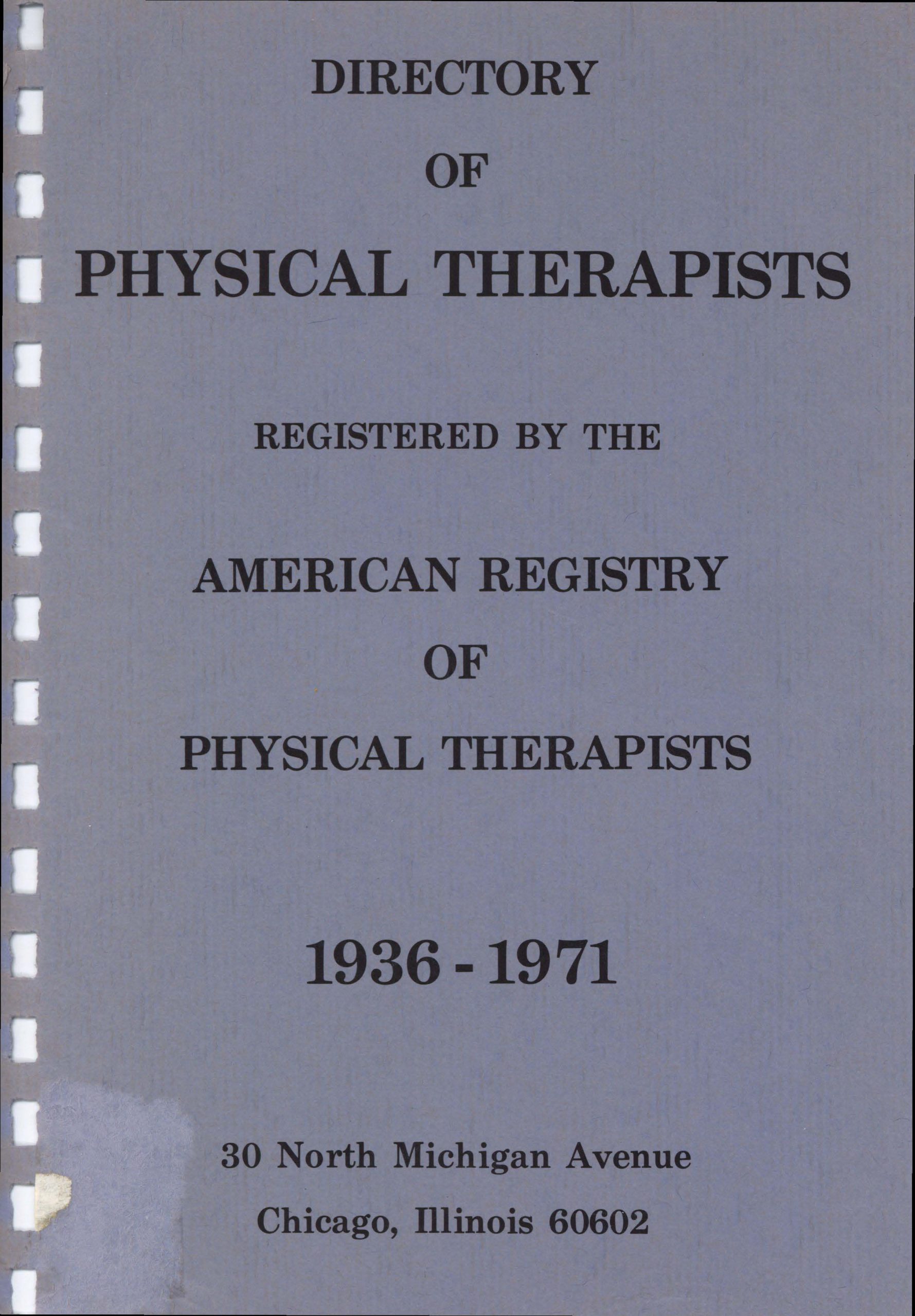In the early days of the profession, before APTA had created its own system of professional certification, registration through the American Registry of Physical Therapists (ARPT) (formerly known as the American Registry of Physical Therapy Technicians) — controlled by the American Medical Association (AMA) — had provided a limited form of professional credentials to the extent that it conferred a formal title and certified that registered individuals met or exceeded AMA’s standards of minimum professional competence. Physicians and hospital administrators seeking physical therapy staff knew that, at the very least, a candidate on the Registry had successfully completed an approved physical therapy curriculum. However, such private certification came at a price that increasingly caused strains within APTA. With no physical therapists sitting on the Registry board initially, physicians wrote and administered tests that APTA viewed as poor measures of professional competence.
In June 1960, with prompting from APTA President Agnes Snyder, the House of Delegates acted, issuing a resolution demanding changes in the management and design of the ARPT. The House called for the creation of an independent national board for physical therapy certification to evaluate the competency of physical therapists. Replacing the autocratic rule of the physiatrists, the new board would comprise five physical therapists and four others to be drawn from the medical specialties that commonly rely on physical therapist services, physiatry being but one of them. Subsequently, the House set in motion plans to discontinue APTA’s official relationship with the ARPT, and it redoubled its commitment to achieve national certification through legally binding state licensure in every state. Although the ARPT continued to exist for several years thereafter and to offer “registration” to qualified applicants, it became increasingly irrelevant and was dissolved by the AMA in 1971.
